Hot Climates Demand Better Solutions: Why Prefab Structures Lead the Way
The increasing intensity of hot weather across India and the globe is a clear sign of the effects of climate change. Urban areas, in particular, face severe heat challenges due to concrete jungles, pollution, and reduced green cover. As cities grow and weather conditions become more extreme, it is becoming apparent that traditional construction methods, especially Reinforced Cement Concrete (RCC), are not the ideal solution for future buildings. Prefabricated structures, especially steel-based construction solutions like those offered by Tata Steel Nest-In, provide a smarter, more sustainable, and energy-efficient alternative to traditional methods.
The Prevalence of Climate-Related Heat Issues in India
India's urban areas are facing a significant rise in temperatures due to the urban heat island effect, where cities experience temperatures 4 to 7°C higher than surrounding rural regions. This phenomenon is caused by dense infrastructure, reduced vegetation, and increased human activities, and is leading to high energy consumption in urban environments.
Additionally, heatwaves in India are becoming more frequent and severe, with 2024 witnessing one of the worst heatwaves in decades. Temperatures soared above 45°C in several states, severely impacting public health, agriculture, and power supply.
Why Nest-In Prefab Construction Is Better Suited for Hot Climates
Let’s take a look at some of the reasons why Nest-In’s prefab construction solutions and processes are better suited to India’s hot climate than traditional construction methods.
1. Superior Insulation and Energy Efficiency
As global temperatures rise, traditional RCC construction struggles to meet the demands of modern urban living. RCC structures are known for absorbing and retaining heat, which not only leads to higher energy consumption but also results in uncomfortable living and working conditions.
On the other hand, Nest-In's prefab structures are specially designed to offer superior thermal insulation through the use of mineral wool. This is crucial for keeping interiors cool in hot climates. For example, on a very hot day, an air conditioner or cooler would have to run for a long time (about 7 hours) in an RCC room to keep it consistently cool. However, in a prefab room, the same AC or cooler would run for only half the time to maintain the cool temperature, resulting in energy savings.
2. Sustainability and Resource Efficiency
Traditional construction methods consume large amounts of resources and energy. The process of building RCC structures requires intensive use of raw materials such as cement, sand, and water, which depletes natural resources and contributes to environmental degradation. Additionally, the construction process itself is labour- and energy-intensive, leading to higher carbon emissions.
In contrast, our steel-based prefab buildings are far more eco-friendly. Our structures use significantly fewer resources, reduce construction waste, and lower overall carbon emissions. Since they are prefabricated off-site and assembled quickly on-site, they save energy and reduce the environmental impact associated with traditional construction.
Read more about our sustainable processes here.
3. Faster Construction
In hot climates, time is a critical factor. The longer construction takes, the more resources are used, and the more workers are exposed to extreme heat. This is unfortunately a reality for RCC construction practices. On the other hand, the components for our prefab structures are manufactured off-site, and are brought on-site only for final assembly or installation. Thus, time spent on the site is drastically reduced, leading to short exposure times and optimised use of resources.
Addressing Urban Heat Problems with Prefab Construction
Urban areas suffer from what is known as the "urban heat island" effect, where dense concentrations of buildings and infrastructure trap heat, leading to higher temperatures. The large-scale use of RCC in cities exacerbates this problem by contributing to heat retention and energy inefficiency. In contrast, steel-based prefab structures are far better equipped to handle these challenges.
Nest-In’s solutions are designed to be adaptable for various uses, from residential complexes and offices to schools, hospitals, and homes. Prefab structures allow for flexibility in design and functionality, making them ideal for urban settings where space and climate conditions demand innovative building techniques. With superior thermal insulation and reduced energy consumption, they offer a sustainable solution for eco-friendly urban infrastructure.
By switching to steel-based prefab buildings and homes, businesses, governments, and individuals can reduce their carbon footprint and create structures better suited to today's environmental realities.
Nest-In is proudly ISO 9001:2015 certified (Quality Management Systems). We maintain the highest standards of quality and durability, long-term benefits of superior thermal insulation, energy savings, and sustainability for our prefabricated construction solutions.
To know more about Nest-In’s full range of prefab solutions, visit the website. If you have a requirement of constructing a project on your land, please give us a call at 1800 208 8200.
Posted in Nest-In on Aug 21, 2024.
Contact Us
Recent Post
Prefab: The Smart Choice for Durable Infrastructure
The Process of Creating High-Quality Prefab Spaces
Prefab Spaces Combine Strength with Modern Design
Prefab for Every Industry: Meeting the Safety and Durability Needs of Businesses
Fast, Safe, and Reliable: Prefab Is the Best Choice for High-Quality Infrastructure
Category
- Nest-In 66
- HabiNest 63
- MobiNest 114
- Nestudio 28
- EzyNest 19
- Smart EzyNest 6
- ChargeNest 6
- Covid Offerings 4
- Brand 8







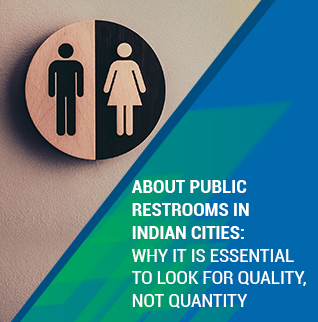


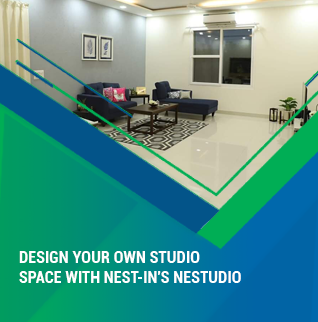







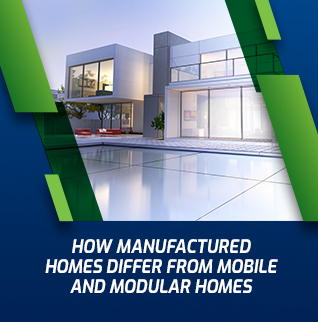





























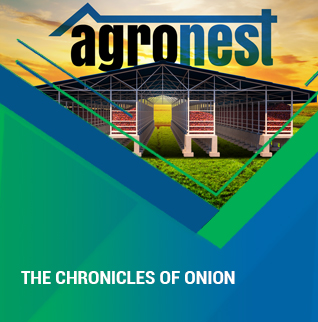
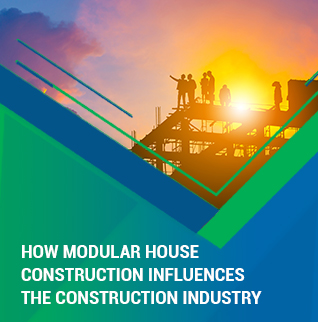
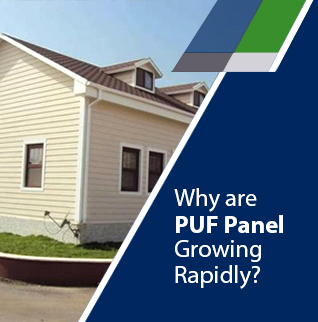






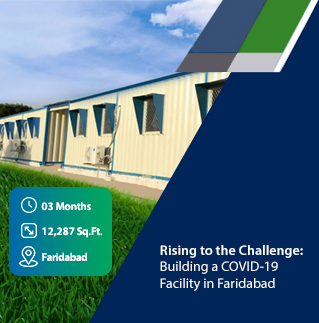






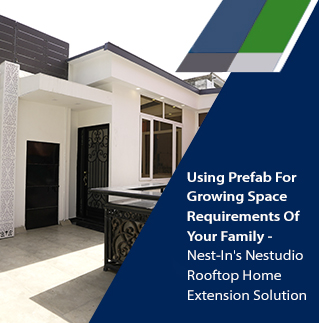




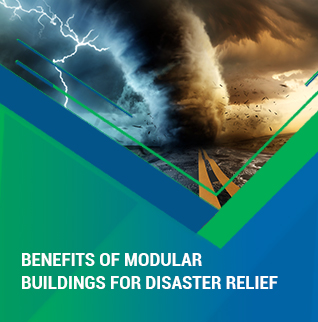
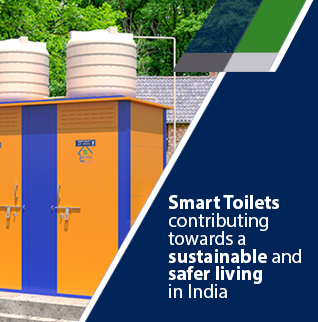






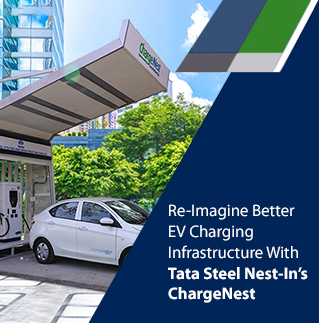





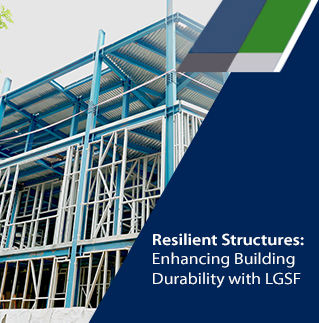

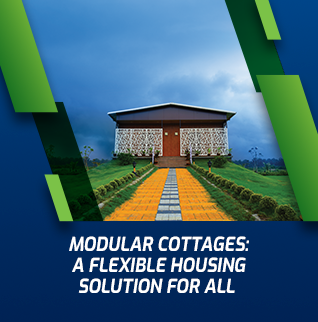












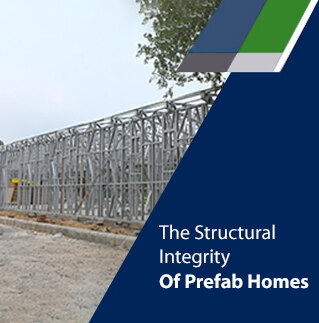














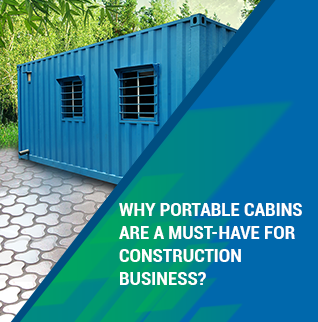

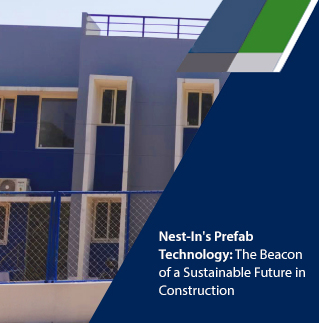

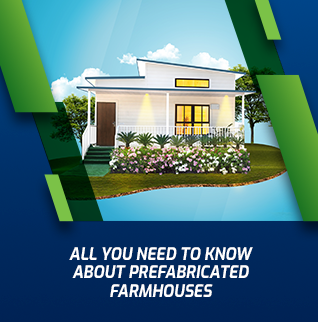




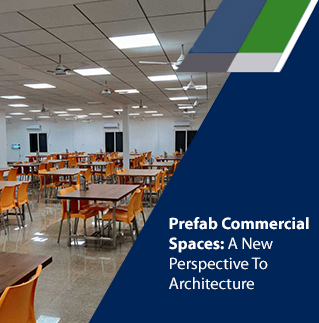
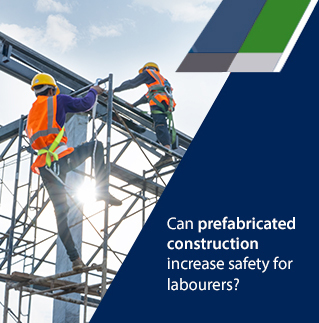













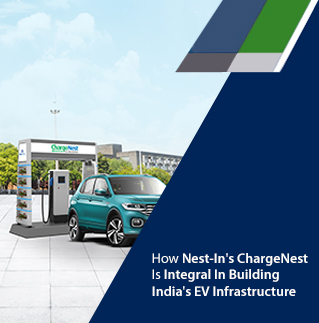
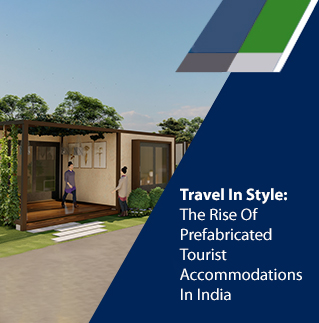





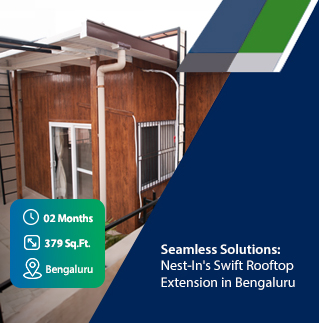


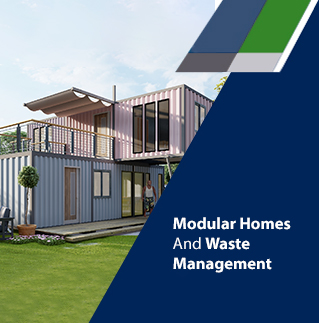










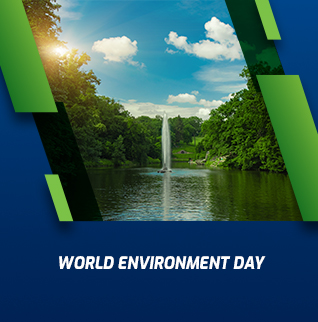


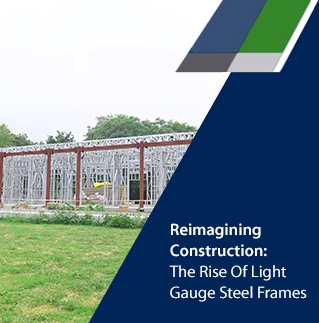















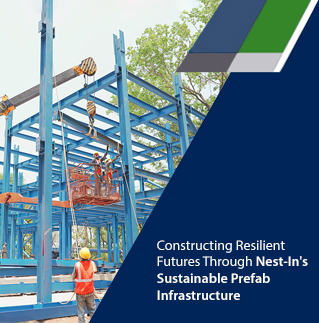


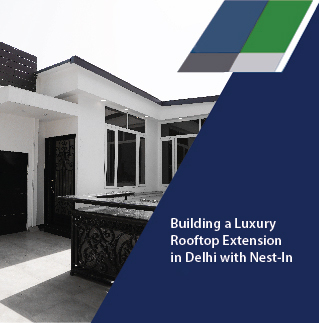







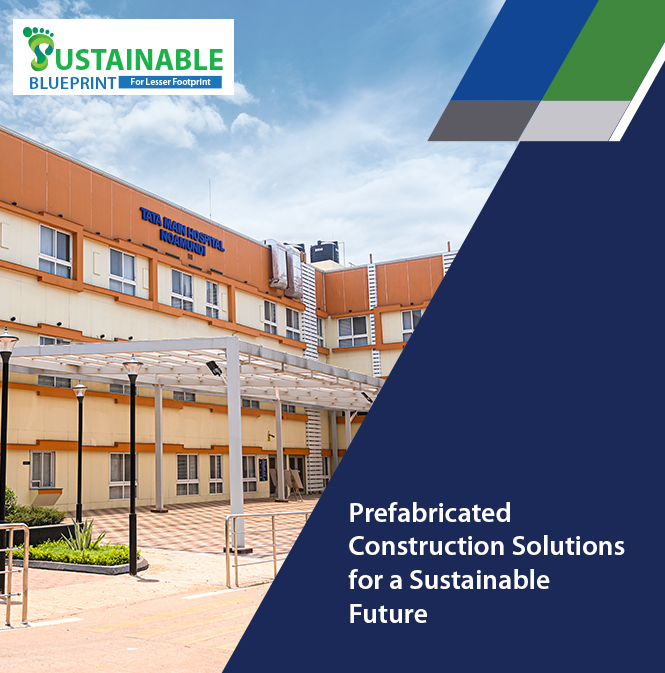





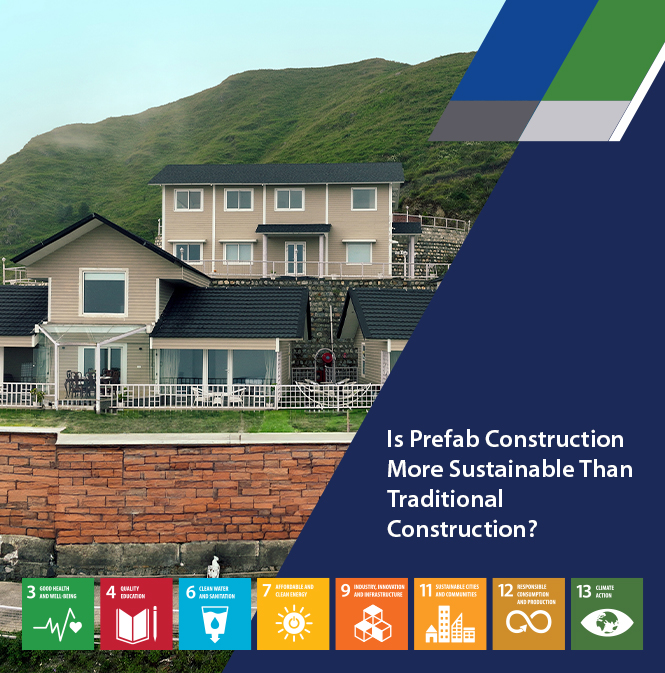

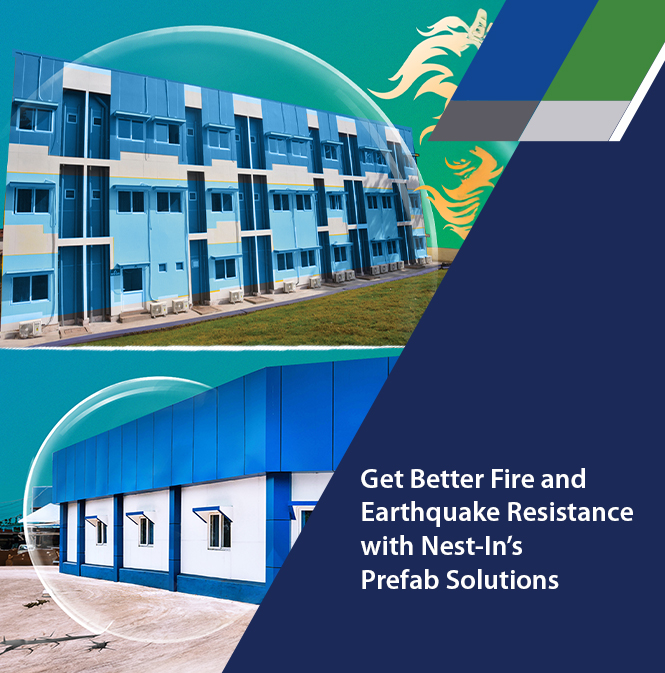

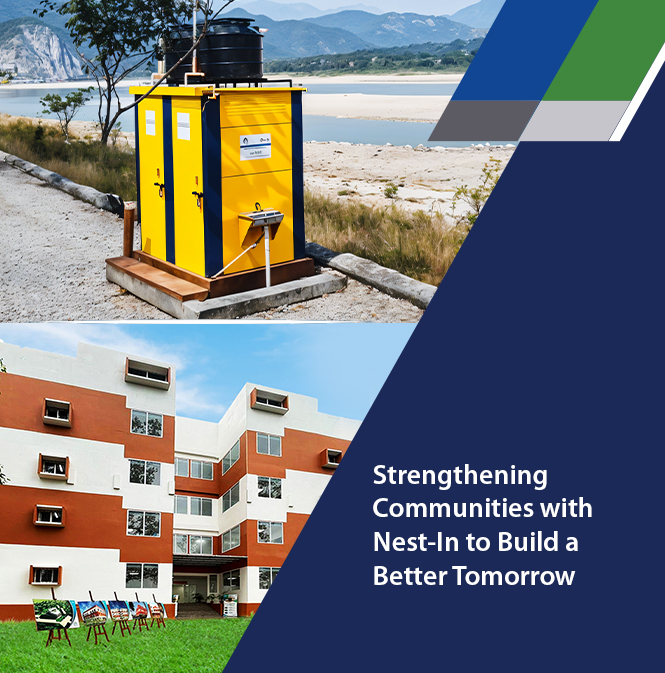

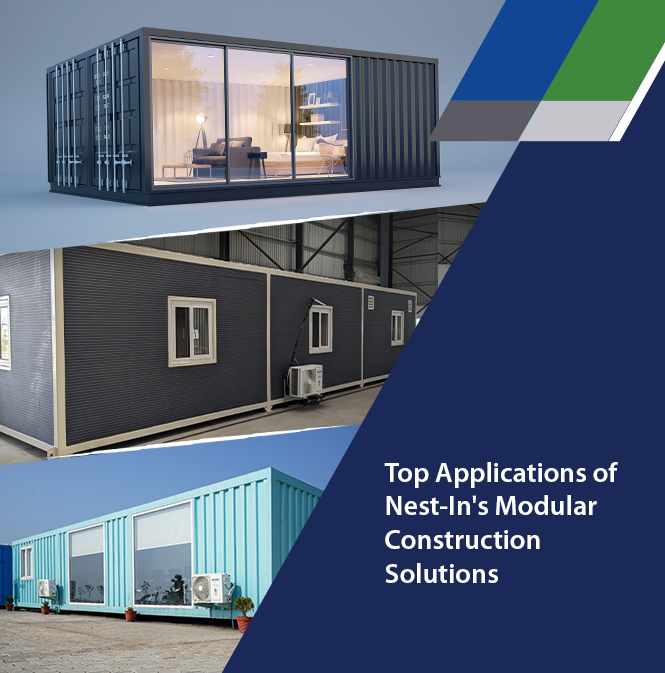
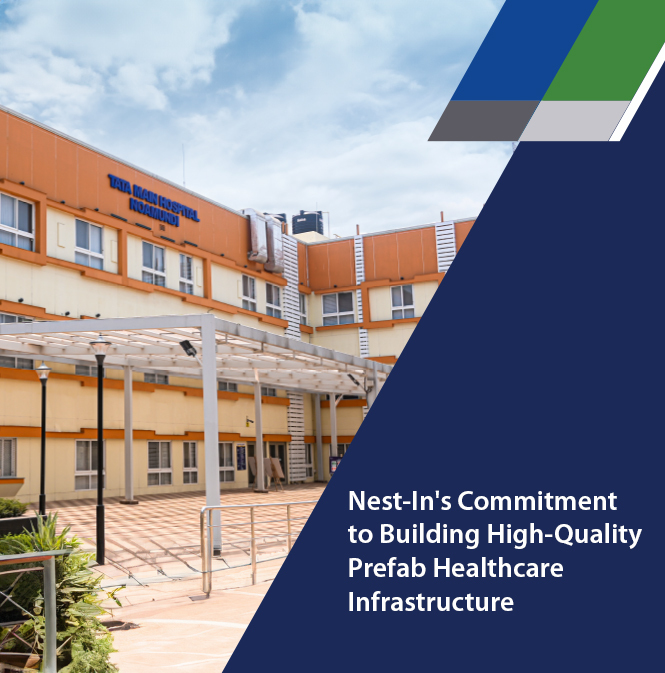









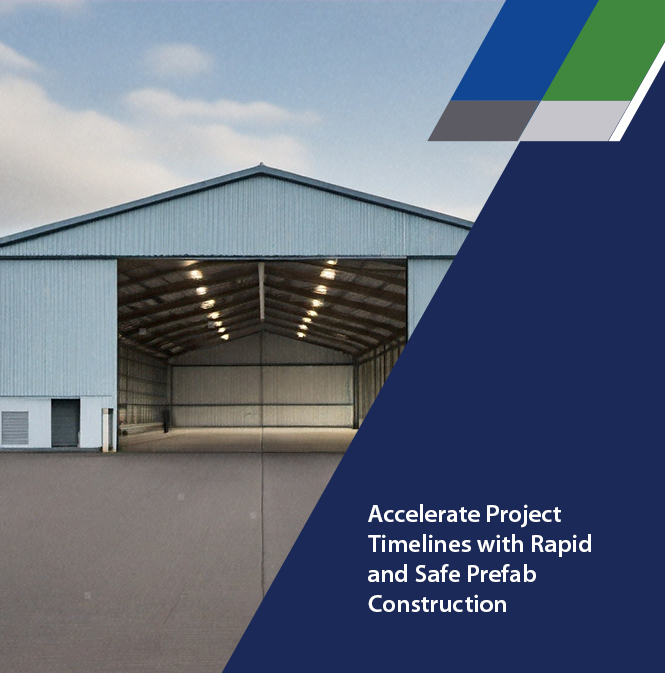

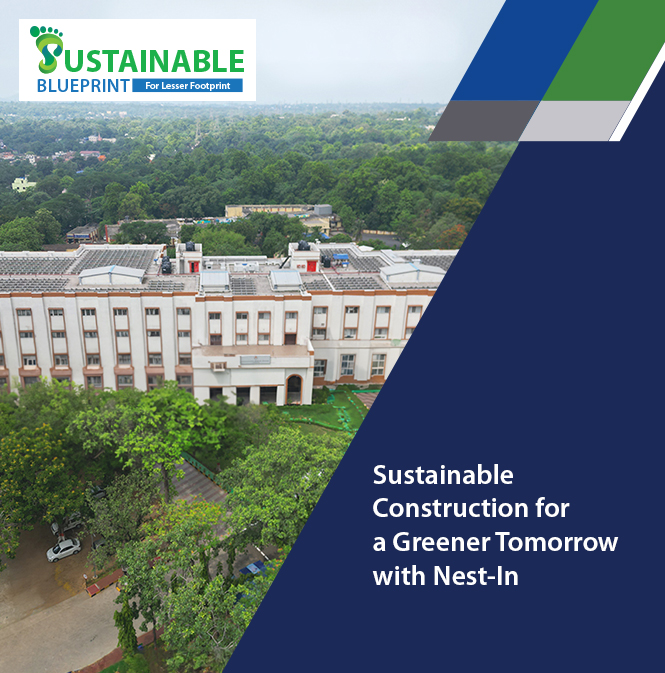
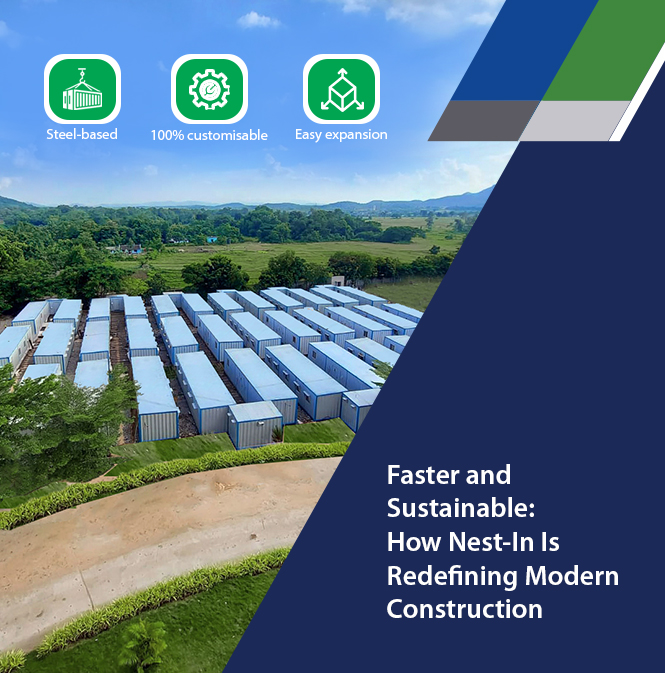
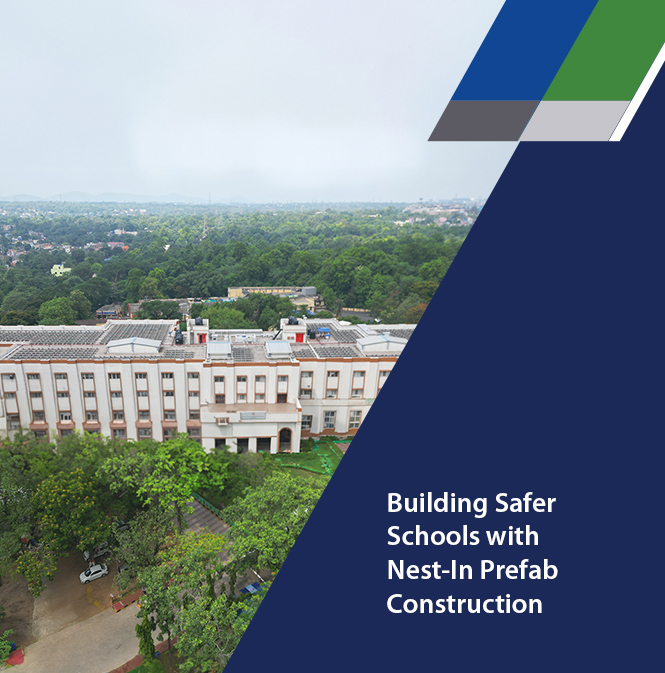






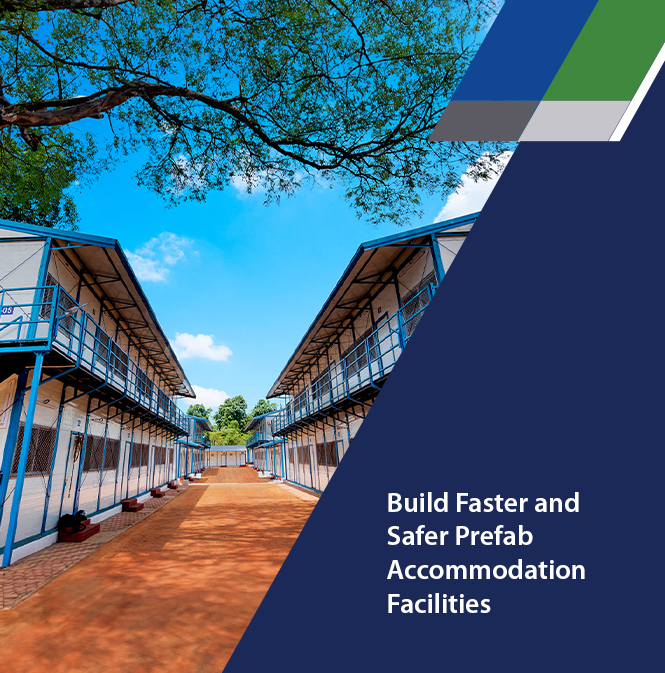

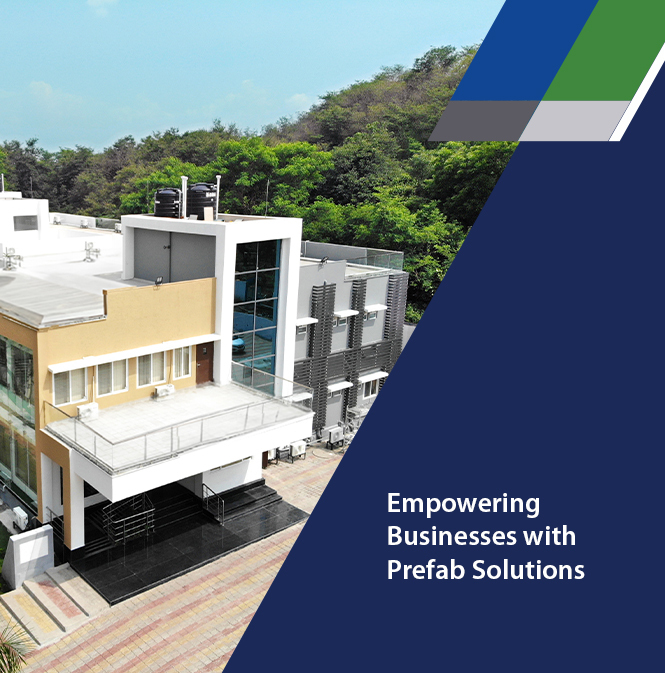
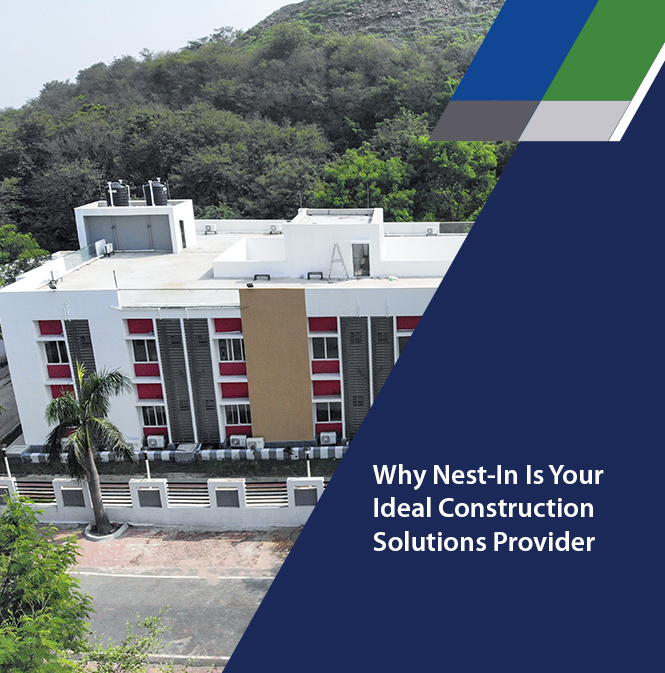

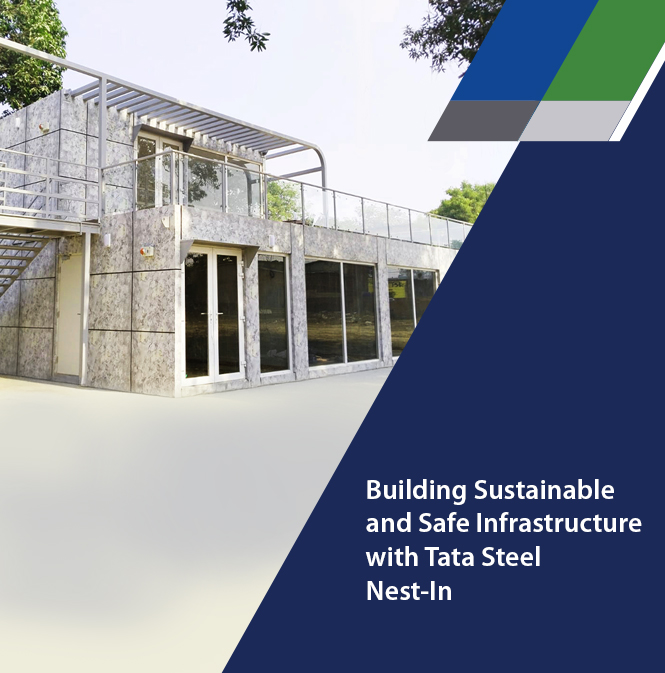
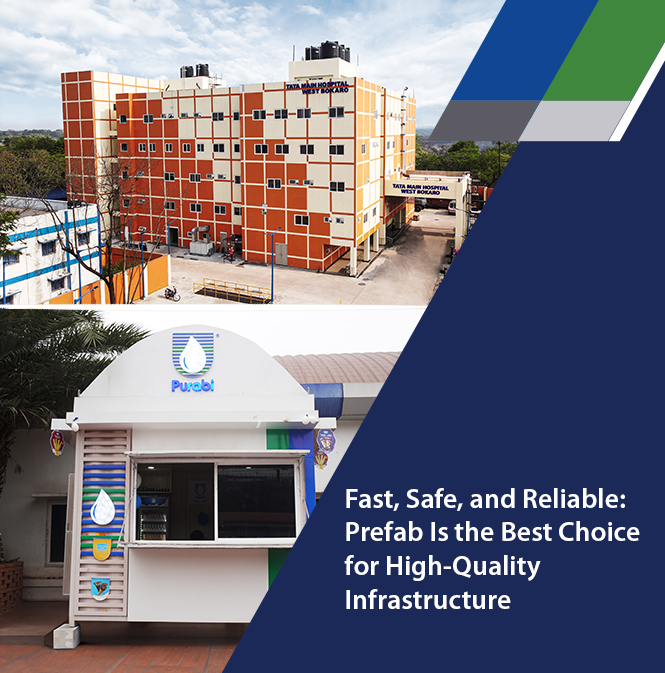


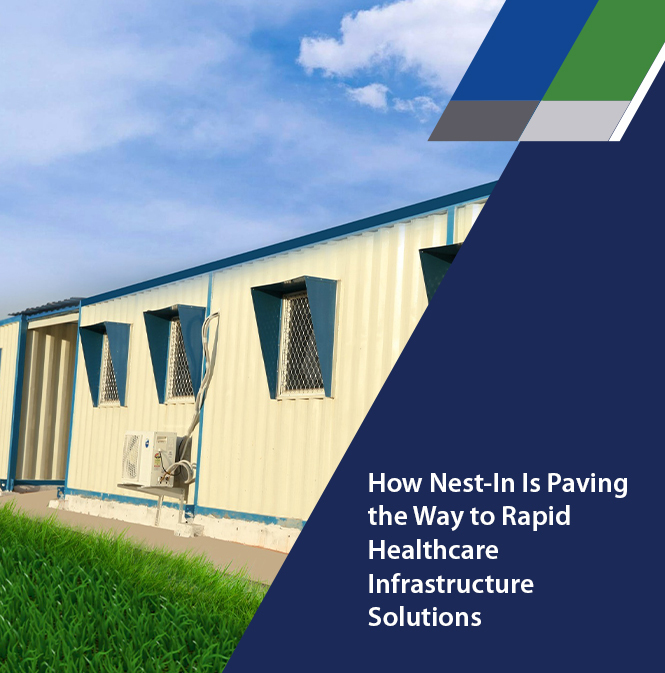




Add comment